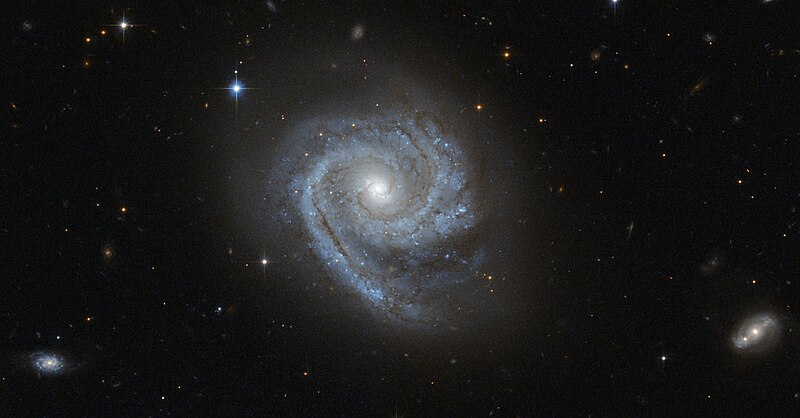Податотека:ESO 498-G5.jpg

Големина на овој преглед: 800 × 418 пиксели. Други разделности: 320 × 167 пиксели | 640 × 335 пиксели | 1.024 × 535 пиксели | 1.280 × 669 пиксели | 3.666 × 1.917 пиксели.
Изворна податотека (3.666 × 1.917 пиксели, големина: 3,74 МБ, MIME-тип: image/jpeg)
Историја на податотеката
Стиснете на датум/време за да ја видите податотеката како изгледала тогаш.
| Датум/време | Минијатура | Димензии | Корисник | Коментар | |
|---|---|---|---|---|---|
| тековна | 23:59, 23 мај 2012 |  | 3.666 × 1.917 (3,74 МБ) | Fabian RRRR | higher resolution |
| 11:42, 21 мај 2012 |  | 1.280 × 669 (148 КБ) | Jmencisom |
Употреба на податотеката
Податотекава се користи во следнава страница:
Глобална употреба на податотеката
Оваа податотека ја користат и следниве викија:
- Употреба на arz.wiki.x.io
- Употреба на de.wiki.x.io
- Употреба на en.wiki.x.io
- Употреба на ko.wiki.x.io
- Употреба на nl.wiki.x.io
- Употреба на pt.wiki.x.io
- Употреба на tr.wiki.x.io
- Употреба на www.wikidata.org